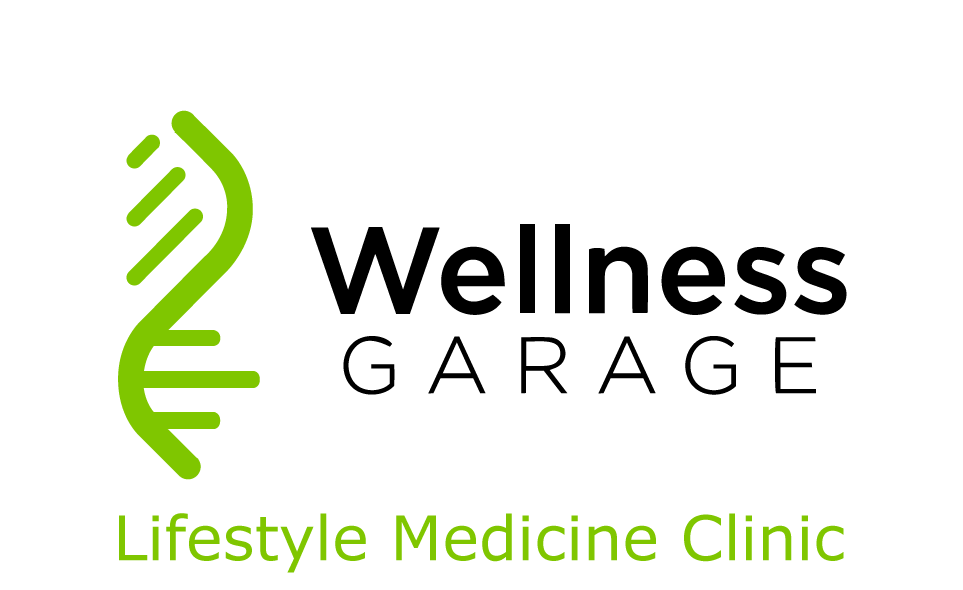 Photo by Kinga Cichewicz on Unsplash When it comes to your sleep, answer these four questions:
If your answers are yes to 1 and 2 and no to 3 and 4 - you do not have a sleep issue. You may be able to improve your sleep quality by falling the recommendations in 'How to Improve Your Sleep'…but feel fortunate and turn your efforts to one of the other pillars. You will notice that none of the questions here talk of time asleep or amount of deep sleep, REM, or any of the sleep scores you can derive from the variety of sleep trackers. If you sleep soundly and full of energy, you do not need to track your sleep. Even if you track your sleep - your answer to these questions is more important than any metric derived from a sleep tracker. If your answers are not optimal, you will want to improve your sleep habits while assessing yourself for sleep apnea or other sleep disorders. Use the Wellness Garage Sleep Checklist to assess your Sleep Hygiene and screen yourself for Sleep Apnea. Using a sleep tracker in this context can be very helpful to understand what actions you are taking that help or hinder your ability to sleep.
Finally, work with a Lifestyle Medicine physician or health coach to improve your sleep habits while addressing other practices that can improve sleep - especially exercise and stress tolerance. When you have tried everything to improve your sleep, but you are still not sleeping, it is time to dig deeper and determine if there is something else going on. By far, the most common sleep disorder is obstructive sleep apnea. It is estimated that up to 30% of Canadians suffer from it, yet only 6.4% have recognized the diagnosis. What is Obstructive Sleep Apnea? Sleep apnea is a serious condition in which a person’s breathing is repeatedly interrupted during the night. During normal sleep, air moves in an unobstructed, regular rhythm through the upper airway, the throat into and out of the lungs. With obstructive sleep apnea (OSA), airway blockages, usually from soft tissue collapse, prevent the normal regular breathing rhythm. What are the symptoms? The main symptoms of OSA are
However, some people have no symptoms or may not recognize that they have symptoms. Other symptoms may include one or more of the following:
The key to addressing sleep apnea is to recognize it - start with our downloadable checklist - if you score as high risk, talk to your doctor about getting a sleep assessment. (For more on Sleep Apnea - check out our previous post: Sleep Apnea - what you need to know). Other significant sleep disorders will get picked up through this review process. Excessive daytime sleepiness due to narcolepsy or other central types of hypersomnolence will be considered before or after sleep apnea is ruled out, depending on your history. Sleep-walking or excessive movements in bed, restless leg syndrome or other disorders are best managed with a referral to a sleep specialist. The Wellness Garage SLEEPSounder approach leverages a check-list system. Start by assessing your current sleep habits - we refer to this as sleep hygiene. In all cases, improving these will be part of the solution for your concerns. At the same time, screen yourself for obstructive sleep apnea - if you score anything other than Low - bring the checklist to your physician to review. They will determine the next steps - either a referral for a Home Sleep Apnea Test or a consultation with a sleep specialist. This was part 3 of our SLEEPSounder series, the other posts:
Getting a good night’s sleep is a challenge faced by many. Lack of sleep has become an epidemic in our society and is increasingly common as we age. There are many causes for poor sleep, some of which need medical assessment, but mostly our ability to sleep well is within our control. Here is a safe and proven framework for sleep. If you are not sleeping well after implementing this, a visit with your physician is warranted. A good night’s sleep is all about optimizing your behaviours and environment to fit your body’s natural rhythm. As humans, we have evolved to be awake when it is light and to sleep when dark. Supporting this circadian rhythm is a cascade of different hormones that signal the body to be alert or sleepy. Our days start with a morning burst of our ‘get up and go’ hormone cortisol, signalling that it is time to greet the day. Over the course of the day, our cortisol wanes until in the evening levels are close to zero. In parallel, adenosine levels build up, signalling fatigue. Adenosine is a by-product of energy expenditure – the more active we are, the greater our adenosine levels. Finally, when dark, our brains release melatonin signalling it is time to sleep. (read more about the Importance of Sleep) Aligning our behaviours to our body’s hormonal symphony is relatively straight-forward: First, avoid substances that will alter hormones and affect your sleep:
What do you do if this doesn’t work? If you have
Sleep Restructuring
This is the second part of our SLEEEPSounder series. Check out these other posts:
At Wellness Garage, we are here to support you in your health journey to take control of your health, restore confidence, and optimize your wellness. We do this through solid evidence-based medicine, personal health coaching and instruction, providing you with the knowledge, skills and support you need to apply healthy habits to your life. Learn more about how Wellness Garage can help you take control of your health. (Part of our January series on S3 Weight Management - Systematic, Stratified and Sustainable) There are multiple lines of evidence to support that getting a good night's sleep is important in order to be able to lose weight. From an evolutionary perspective sleep and energy management are intricately linked. Poor sleep dramatically alters the way the body responds to food. When you do not get adequate sleep, your hunger hormones send signals to your brain to eat more.
As a result studies have shown that people who have inadequate sleep consume more calories. Compounding this, sleep deprived individuals have been shown to preferentially choose calorie dense foods rich in both fats and carbohydrates. Inadequate sleep also increases the release of the stress hormone cortisol, which in turn signals the brain to increase appetite via the release of another hormone orexin. High levels of cortisol may explain why sleep deprivation appears to lead to loss of muscle mass and increased abdominal (visceral) fat. Independent of its effect on appetite, cortisol also counters the actions of insulin, leading to insulin resistance the result of which can be high levels of insulin. Insulin is a storage hormone promoting the storage of prompt storage of glucose as glycogen and fats within adipose tissue. With high enough levels of insulin, fat will be quickly stored and lipolysis (the breakdown of fat for energy) will be suppressed, resulting in one-way storage in other words "a moment on the lips, forever on the hips" This cortisol induced insulin resistance can be demonstrated in as little as one week of sleep deprivation. Other studies have shown that a lack of sleep can
As a result of these effects it is not surprising that inadequate sleep is associated with weight gain. Large observational studies, like the Nurses Health Study, following 68,000 nurses, demonstrated that short sleep duration increased the likelihood of obesity by 15%. Of course, observational research can show associations it cannot prove causation, however shorter term sleep deprivation studies also show weight gain. The recent PREDIMED Plus study showed that lack of sleep affects weight loss during a trial of the Mediterranean Diet , as overweight people who did not sleep well lost less weight that those without sleep issues. Finally, sleep apnea one of the most devastating sleep disorders is both associated with and worsened by weight gain. This sets up a vicious cycle where poor sleep can lead to weight gain, and potentially sleep apnea and sleep apnea in turn leads to further weight gain. So we can see from this
The resulting vicious cycle can set up a progressive deterioration of sleep with a corresponding weight gain. The key to reversing this cycle is to prioritize sleep:
For more on this, see some of the previous blog posts on sleep
For other posts in our foundational behaviours for weight managemetn series:
On January 29th- we will launch a new group program - fully covered by MSP (for those with a BMI >30 or a BMI between 27 and 30 and a weight related diagnosis). During the month of January - we will be posting about the foundational behaviours for sustainable weight management - stay tuned. If you would like to learn more about the S3 program and whether you are eligible please check out our Sustainable Weight Management program page. Sleep apnea is one of the most serious medical conditions that often goes undiagnosed. It is estimated that up to 30% of Canadians suffer from it, yet only 6.4% have recognized the diagnosis. What is it? Sleep apnea is a serious condition in which a person’s breathing is repeatedly interrupted during the night. During normal sleep, air moves in an unobstructed, regular rhythm, through the upper airway, the throat and into and out of the lungs. With obstructive sleep apnea (OSA), airway blockages, usually from soft tissue collapse, prevent the normal regular breathing rhythm What are the symptoms?
The main symptoms of OSA are
However, some people have no symptoms or may not recognize that they have symptoms. Other symptoms may include one or more of the following:
Perhaps the best way to determine risk is the use of the STOP-BANG questionnaire which uses a series of questions and results of physical measurements to calculate the risk for sleep apnea in adults aged 18 and older. Snoring – Do you snore loudly (loud enough to be heard through closed doors)? Tired – Do you often feel tired, fatigued or sleepy during the daytime? Observed – Has anyone observed you stop breathing or choking/gasping during your sleep? Pressure – Do you have or are being treated for high blood pressure? Body mass index (BMI) – Body mass index more than 35kg/m2? Age – Age older than 50? Neck circumference – Neck size 17 inches or larger for males or 16 inches or larger for females? Gender – Male? Positive answers to the above questions are then used to determine risk: Low risk – Yes to 0 to 2 questions Intermediate risk – Yes to 3 to 4 questions High risk – Yes to 5 to 8 questions
How common is it? In 2017, 6.4% of Canadians self-reported a diagnosis of sleep apnea through the Canadian Health Measures Survey (CHMS) - this was more than double the rate reported in 2009. In the US, using the broadest criteria is estimated that 20-30% of men and 10-15% of women have sleep apnea. In all likelihood, sleep apnea is under-diagnosed - using the STOP-BANG risk tool, the CHMS found that nearly one-third (30%) of Canadian adults were considered to be at intermediate or high risk for sleep apnea - 15% were high risk and 15% were moderate risk. Rates are increasing along with the rates of obesity. What are the risk factors?
What happens if it is left untreated? The initial consequences of untreated sleep apnea are daytime sleepiness and difficulty concentrating results in increased errors and accidents. People with severe sleep apnea are two to three times more likely to have a motor vehicle accident - this represents an impact on morbidity and mortality that is similar to the cardiovascular sequelae of OSA. Over time untreated sleep apnea increase risk for cardiovascular disease, high blood pressure, abnormal heart rhythms, heart attack and stroke. People with OSA have higher rates Insulin resistance and Type II Diabetes. This association is partly manifested by the shared risk factor of obesity, but also appears to be independent. In one study, patients with severe OSA had a 30% higher risk of diabetes even after controlling for age, obesity, pre-existing cardiovascular disease. The physiological mechanisms underlying this risk are likely related to the increase in oxidative stress caused by lack of oxygen as well as activation of the sympathetic nervous system (with the insulin resistance effects of adrenaline and cortisol). For patients with existing metabolic syndrome - OSA is associated with poorer metabolic biomarkers: increased glucose, triglycerides, inflammatory markers, and overall increased cardiovascular risk. Nonalcoholic fatty liver disease (NAFLD) - given the increased risk of metabolic syndrome with OSA and the shared risk factors between NAFLD and metabolic dysfunction - OSA appears to contribute to the development and severity of nonalcoholic fatty liver disease (NAFLD), independent of shared risk factors such as obesity. Mortality - Severe OSA increases the risk of death by 2-3 time independent of other risk factors - interestingly an increased risk of mortality does not appear to be present for untreated mild OSA. What isn’t completely clear is how treatment of severe OSA affects the risk of mortality. Diagnosis: Once suspected due to witnessed apneic episodes, loud snoring, daytime sleepiness, resistant hypertension, or ineffective sleep - the next step is to get a sleep assessment. The gold standard is the polysomnogram - done overnight in a sleep lab (and requiring a referral from your physician), it measures breathing effort and airflow, blood oxygen level, heart rate and rhythm, duration of the various stages of sleep, body position, and movement of the arms/legs. A more accessible alternative not requiring physician referral is a Level III sleep study - using portable devices that can be used at home. Is it reversible? This depends primarily on the underlying cause of the sleep apnea - if the primary cause is obesity then weight loss can improve symptoms and lead to a cure. Brain damage caused by severe sleep apnea is reversible. A 2017 neuroimaging study is the first to show that white matter damage caused by severe obstructive sleep apnea can be reversed by continuous positive airway pressure therapy. There is high quality evidence that in most adults positive airway pressure therapy reduces the frequency of respiratory events during sleep, decreases daytime sleepiness, improves systemic blood pressure (BP), lowers the risk of crashes, improves erectile dysfunction, and improves quality of life across a range of disease severities. Unfortunately to date there have been no studies that have demonstrated that treatment improves mortality. What are the treatments?
References: https://www.uptodate.com/contents/sleep-apnea-in-adults-beyond-the-basics?search=sleep%20apnea&topicRef=7683&source=see_link https://open.alberta.ca/publications/level-i-and-level-iii-sleep-studies Canadian Thoracic Society Guidelines: https://www.ncbi.nlm.nih.gov/pmc/articles/PMC3070752/pdf/crj18025.pdf American Academy of Sleep Science: http://jcsm.aasm.org/ViewAbstract.aspx?pid=31513 https://www.health.harvard.edu/blog/weight-loss-breathing-devices-still-best-for-treating-obstructive-sleep-apnea-201310026713 https://aasm.org/brain-damage-caused-by-severe-sleep-apnea-is-reversible/ https://www.webmd.com/sleep-disorders/sleep-apnea/sleep-apnea STOP-Bang Questionnaire. Property of University Health Network, for further info: www.stopbang.ca modified from Chung F., et al. Anesthesiology. 2008. Vol. 108: 812-821; Chung F., et al. British Journal of Anaesthesia. 2012. Vol. 108:768-75; Chung F., et al. Obesity Surgery. 2013. Vol. 23: 2050-2057; Chung F., et al. Journal of Clinical Sleep Medicine. 2014. (This post originally appeared in the Peace Arch News) I am a 78-year-old woman and my husband died last year. I’m getting used to living alone and have wonderful friends and a very supportive family. My only problem is that I’m having trouble sleeping at night. I can’t seem to fall asleep and then I wake up a number of times during the night. I don’t want to take sleeping pills but wondered if there is anything else I can do to improve my sleeping. I’m glad that you’re doing so well adjusting to living alone and I think I can help you with your sleep. You are very wise to avoid sleeping pills as they frequently cause more problems than they solve. Your problem sleeping is shared by many; lack of sleep has become epidemic in our society and is increasingly common as we age. There are many causes for poor sleep, some of which need medical assessment, but mostly our ability to sleep well is within our control. Without knowing more about your physical and emotional health, here is a safe and proven framework for sleep. If you are not sleeping well after implementing this, a visit with your physician is warranted. A good night’s sleep is all about optimizing your behaviours and environment to fit your body’s natural rhythm. As humans we have evolved to be awake when it is light and to sleep when dark. Supporting this circadian rhythm are a cascade of different hormones that signal the body to be alert or sleepy. Our days start with a morning burst of the stress hormone cortisol, signalling that it is time to get up and greet the day. Over the course of the day our cortisol wanes, until in the evening our body releases melatonin to signal that it is time for sleep. Along with melatonin, levels of adenosine in the blood also tell us that we are tired. Adenosine is a by-product of energy expenditure – the more active we are the greater our levels of adenosine.
Aligning our behaviors to our body’s hormonal symphony is relatively straight-forward: First, avoid substances that will alter hormones and affect your sleep:
What do you do if this doesn’t work? This is where sleep restructuring comes in:
At Wellness Garage we are here to support you in your health journey to take control of your health, restore confidence, and optimize your wellness. We do this through solid evidence-based medicine, personal health coaching and instruction, providing you with the knowledge, skills and support you need to apply healthy habits to your life. Get more information about Wellness Garage |
AuthorDr. Brendan Byrne Categories
All
|

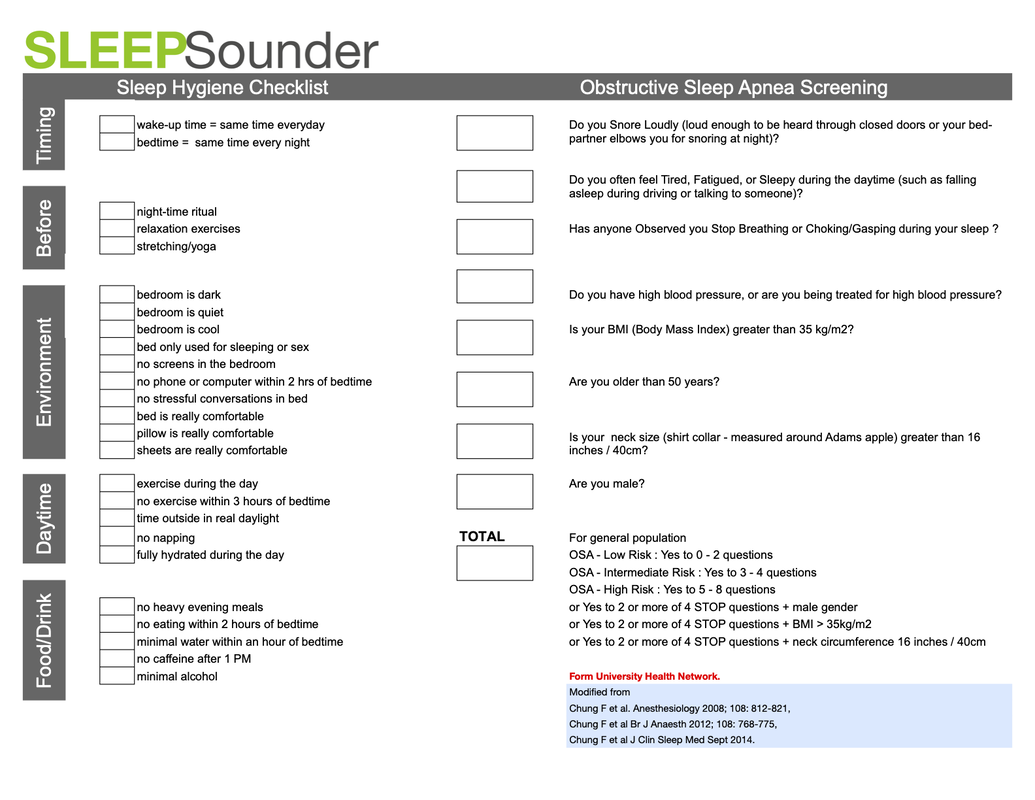
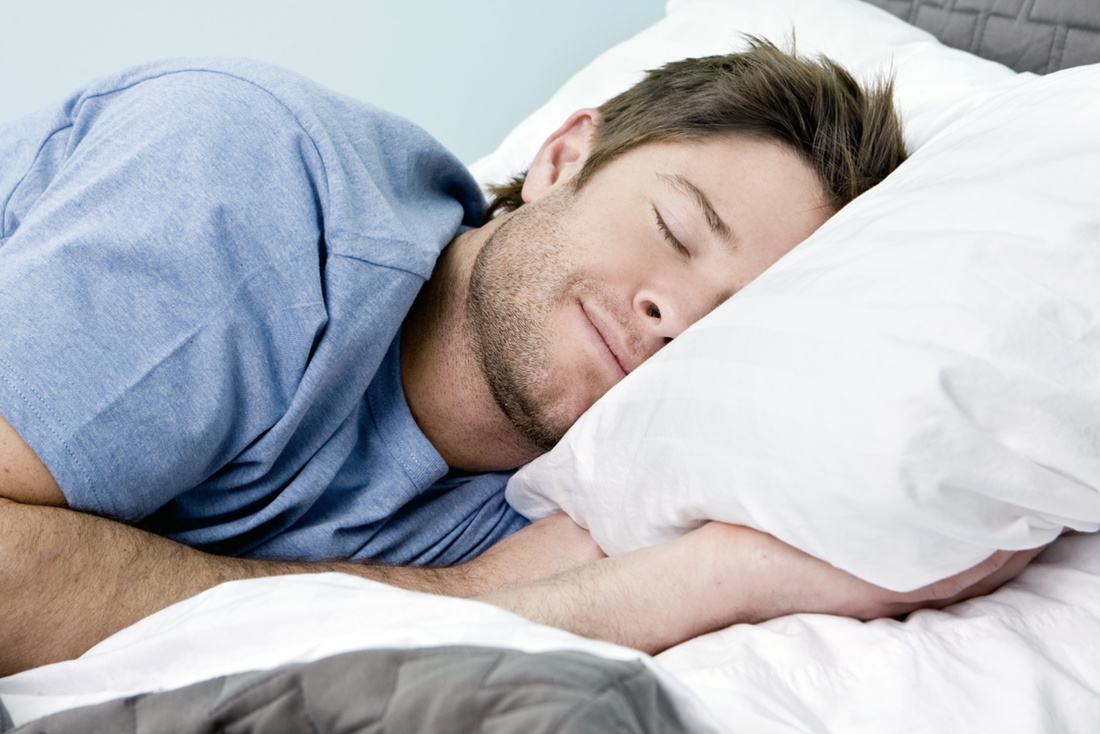
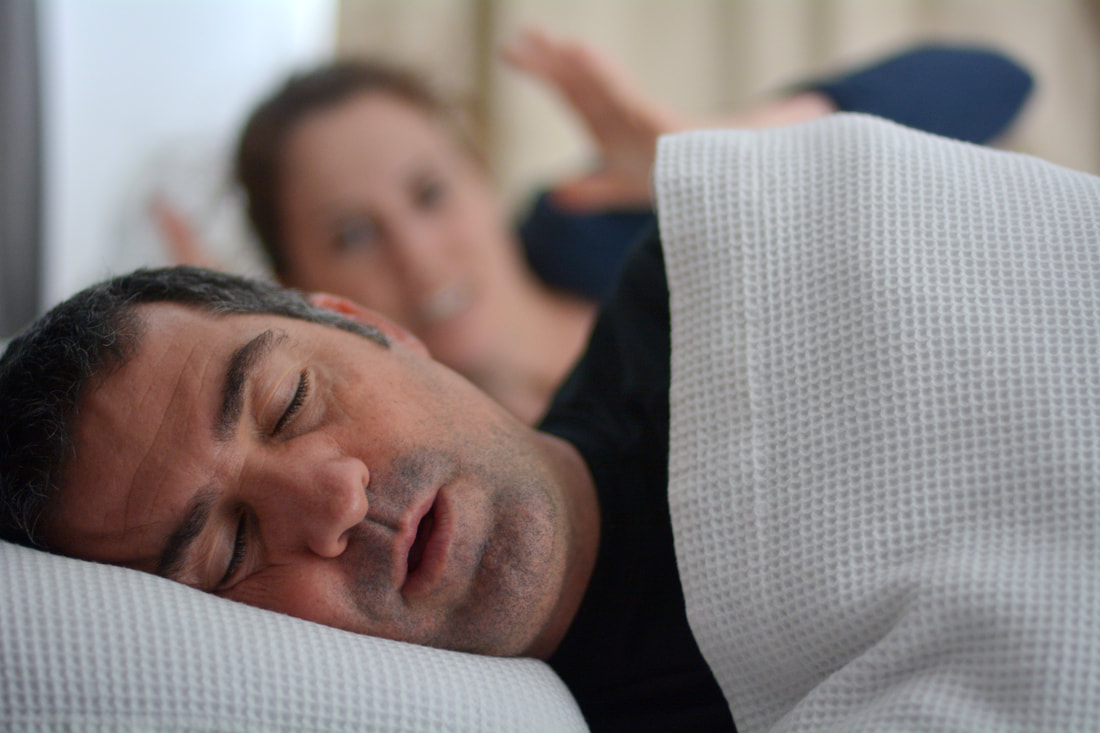
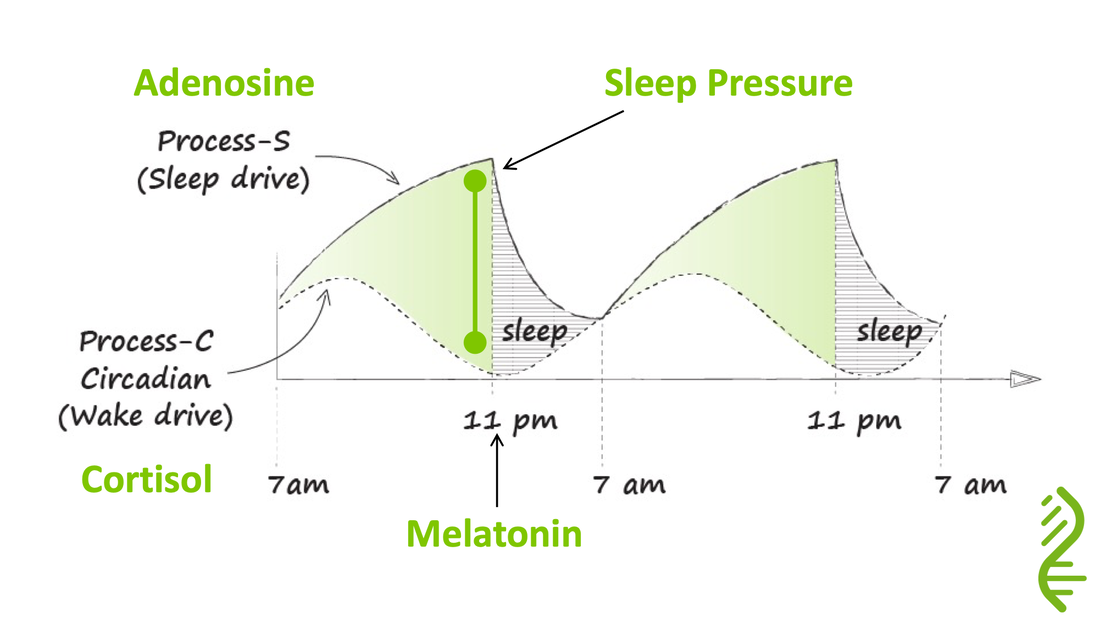
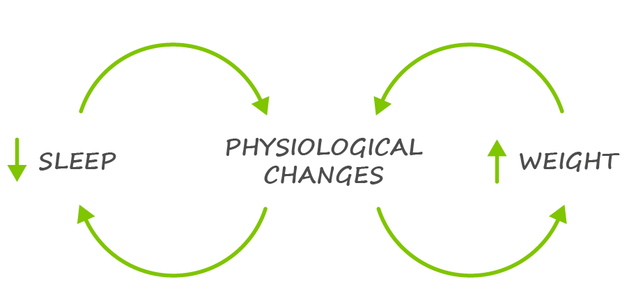
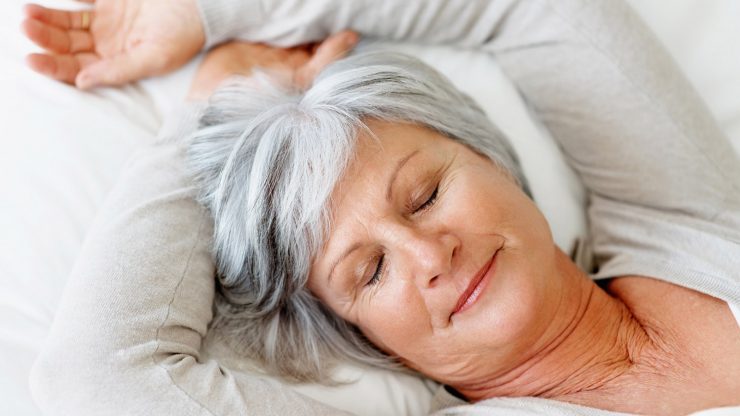
 RSS Feed
RSS Feed
